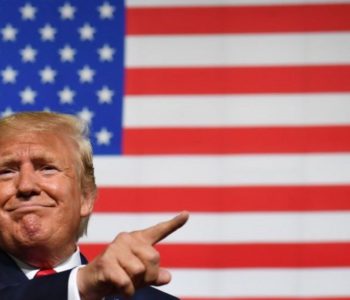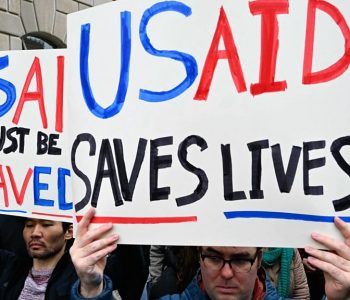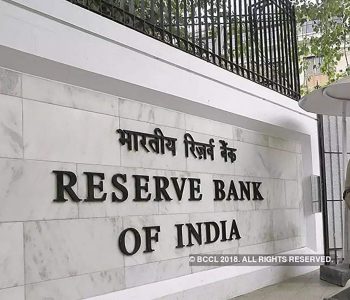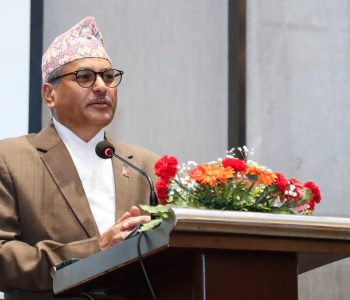Nepal’s economy shatters traditional assumptions: A collapse of economic beliefs

KATHMANDU: Nepal’s economy has defied conventional expectations and norms of economic development. Three foundational economic principles—interest rate and liquidity effects, the strengthening of external sectors, and the importance of policy coordination—have all been invalidated.
Despite favorable conditions for borrowing, businesses have refrained from taking loans. The market remains stagnant even with robust foreign exchange reserves, and the economy has failed to gain momentum despite strong coordination between the government and regulatory bodies. These contradictions highlight the complex realities of Nepal’s economy.
Post-COVID Challenges
Following the COVID-19 lockdown, not only did bank credit shrink alongside economic activity, but employment and business confidence also began to falter. At the same time, foreign exchange reserves plummeted, prompting the government and central bank to impose import restrictions on 10 items and discourage imports of 350 others. During this period, the Ministry of Finance transitioned from Dr. Yuba Raj Khatiwada to Bishnu Paudel, eventually landing on Janardan Sharma. To address external sector concerns, the government sought assistance from the International Monetary Fund (IMF).
Initial Economic Recovery Measures
In response to the weakened economy, two key conditions for recovery were proposed:
– Increased banking liquidity and lower interest rates would spur recovery.
– Strengthening the external sector would resolve broader economic issues.
However, conflicts arose between Finance Minister Sharma and Nepal Rastra Bank Governor Maha Prasad Adhikari. The Governor implemented the “Working Capital Loan Guidelines” to control credit expansion, drawing sharp criticism from the business community. Some of these provisions remain contentious to this day.
After the guidelines were rescinded, it was believed that increased credit expansion would revive the economy, but Governor Adhikari was seen as an obstacle. Appointed during a government led by the UML, Adhikari faced opposition from Sharma, a Maoist Center leader.
A New Assumption Emerges
A new belief took hold: economic recovery would only occur if the finance minister, prime minister, and central bank governor belonged to the same political party.
Years have passed, and KP Sharma Oli, who appointed Adhikari, is now the Prime Minister. Bishnu Paudel, a UML vice-chair, serves as Finance Minister. Despite five months of alignment among the Prime Minister, Finance Minister, and Governor, the economy has not improved.
Collapse of Traditional Beliefs
Post-COVID, three major economic assumptions have simultaneously failed. “It was believed that sufficient liquidity, lower interest rates, and a strong external sector would drive economic recovery,” says economist Dr. Pushkarraj Kandel. “Even with these conditions in place, the economy has not improved. This reveals structural weaknesses, yet we are not addressing them.”
Expectations of policy stability and improved business confidence under unified political leadership have not materialized. Moreover, a government formed by Nepal’s two largest parliamentary parties was anticipated to resolve the economic crisis swiftly, but this has not happened.
Alarming Indicators
The banking system currently has the capacity to invest NPR 500-600 billion in loans, yet investments remain stagnant. Interest rates have dropped from 15-16% to 7-8%, but this has failed to stimulate the market.
The external sector appears strongest, with foreign exchange reserves at a record NPR 2.255 trillion. The balance of payments stands at NPR 205.83 billion in surplus, and the current account is NPR 143.42 billion positive. Remittances from foreign employment are steadily increasing. However, these encouraging indicators have not translated into economic dynamism.
Structural Weaknesses Persist
The real economy remains worrisome, with low growth rates, sluggish market activity, and daily migration of hundreds of youth due to unemployment. Consumption is declining, the government struggles to meet its obligations, development projects are stalled, and revenue collection falls short of targets.
Economists assert that the current situation necessitates new theories and approaches for Nepal’s economy. The failure of conventional remedies has led the government to establish a high-level commission chaired by economist Rameshwor Khanal. The commission’s recommendations are expected to guide the government’s economic reforms.














Facebook Comment